Choosing the right digital camera can feel overwhelming with so many options available, but don’t worry, you’re in good hands. In the following tips from Ted’s Academy trainer Stephen, you’ll discover the essential points to consider, making your buying decision much simpler and tailored to your unique needs.
From determining what you want to photograph to understanding the importance of camera size and features, Steven breaks down the process into manageable steps. Whether you’re seeking the perfect camera for wildlife photography or balancing budget and specifications, you’ll find helpful advice to guide you. Get ready to embark on a journey that will enhance your photographic experiences.
Determine Your Photography Needs
When setting out to buy a digital camera, the first step is to determine your photography needs. By understanding what you plan to capture, you can find a camera that suits your style and preferences perfectly.
Identify Subject Preferences
Start by identifying the subjects you are most interested in photographing. Are you drawn to capturing the beauty of wildlife, the sincerity of portraits, the grandeur of landscapes, or perhaps the architecture of cityscapes? Each type of photography can require different features from a camera. For example, wildlife photographers often need a camera with a long focal length to capture distant creatures, while architectural photographers might prioritize a wide lens to capture the full scope of buildings. Knowing your subjects will guide your decisions on lens types, camera settings, and required features.
Consider Specialization
Next, think about whether you want to specialize in a particular type of photography. Some cameras are designed with specific strengths that cater to certain styles. If you’re planning on diving deep into a niche like macro photography or astrophotography, you might require specialized equipment. A camera with excellent macro capabilities would be beneficial for capturing intricate details of small subjects, whereas low-light performance and manual control options are essential for astrophotography. Determine what’s most important to your work to find a camera tailored to your interests and aspirations.
Consider Camera Size and Weight
Selecting the right camera size and weight is crucial, especially if you plan on carrying your equipment around frequently. Striking a balance between portability and functionality can significantly impact your overall experience.
Evaluate Portability Requirements
Consider how portable you need your camera to be. If you’re a travel photographer or someone constantly on the move, a lightweight, compact camera would be your best bet. Small cameras are easier to pack, carry, and maneuver, making them perfect for vacations, hiking trips, or daily adventures. Conversely, if you don’t mind carrying some extra weight for better performance and control, larger cameras might offer advanced features and build quality that could enhance your photography.
Understand Durability and Build Quality
Camera durability and build quality are also worth considering. If you find yourself often in harsh environments—like sandy beaches, snowy mountains, or rainy jungles—investing in a robust, weather-sealed camera could be invaluable. A durable camera can withstand the elements and last longer, ensuring that it remains reliable during your adventures. Check the camera’s construction materials and read reviews to understand how it holds up in various conditions.
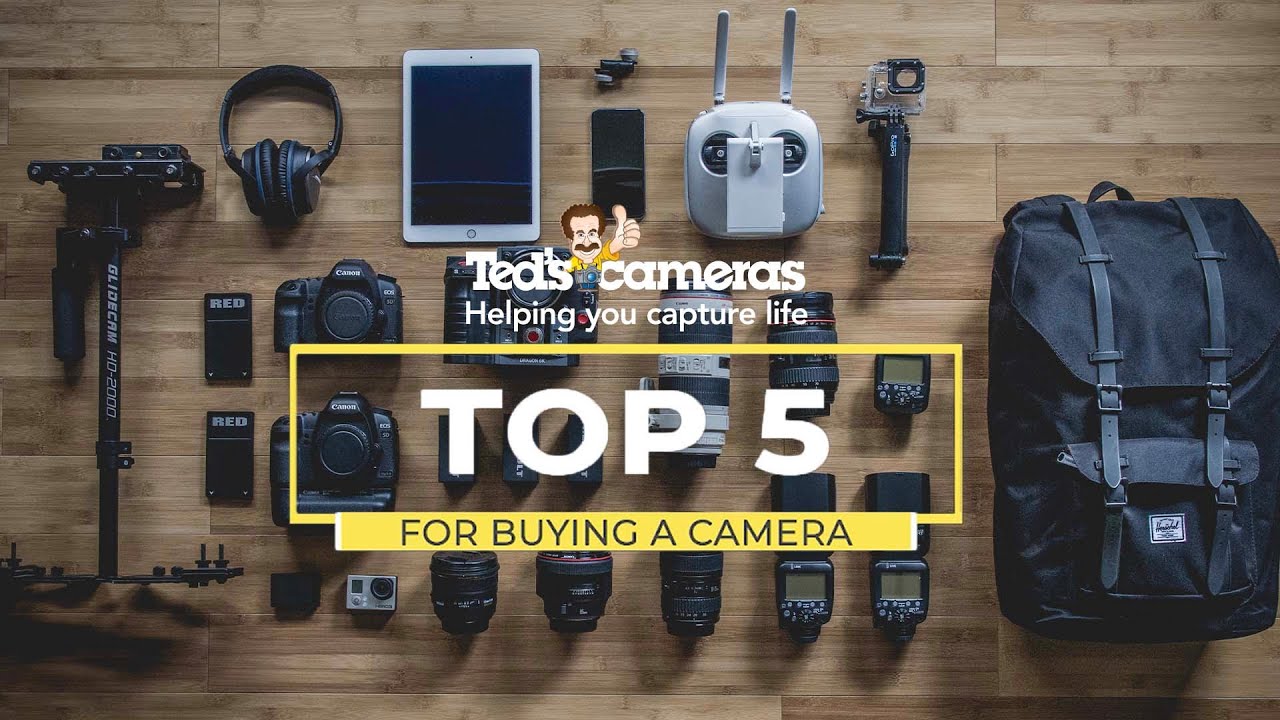
This image is property of i.ytimg.com.
Decide on Stills vs. Video
Today’s digital cameras can cater to both still photography and video recording. Deciding on your primary use will help you find a camera that excels in what you need the most.
Analyze Your Primary Use
Think about whether your primary focus will be capturing still images or recording videos. Many modern cameras are capable of doing both, but the best options often specialize in one area. If you find yourself constantly recording videos—be it for vlogs, documentaries, or short films—opt for a camera with stellar video capabilities. On the other hand, if still photography is your mainstay, look for features that enhance image quality and photographic control.
Look for Specific Features
For video enthusiasts, look for features like 4K resolution, high frame rates, video autofocus capabilities, and suitable audio input options. For still photographers, consider factors like burst shooting speed, image stabilization, and ease of manual control. Choosing a camera that excels in the features most important to you ensures you have the tools you need to create your desired content effectively.
Budget Considerations
When it comes to buying a digital camera, your budget plays a significant role. It’s essential to prioritize features over cost to ensure you get the best camera for your needs.
Prioritize Features Over Price
While it might be tempting to go for the cheapest option, it’s smarter to prioritize the features that matter most to you. Investing in a camera that meets your needs can save you from having to upgrade sooner than planned. Whether it’s high resolution, superb autofocus, or exceptional low-light performance, focus on the features that will enhance your photography rather than simply looking for the lowest price. You often get what you pay for, and it’s better to invest in quality.
Seek Professional Advice
It can be incredibly helpful to seek advice from photography experts or professional sales staff. They can provide insights into the latest models and help you find a camera that balances your needs and your budget. Don’t hesitate to visit a camera store and discuss your needs with knowledgeable staff; they can offer valuable recommendations and even let you try out different cameras before making a purchase.
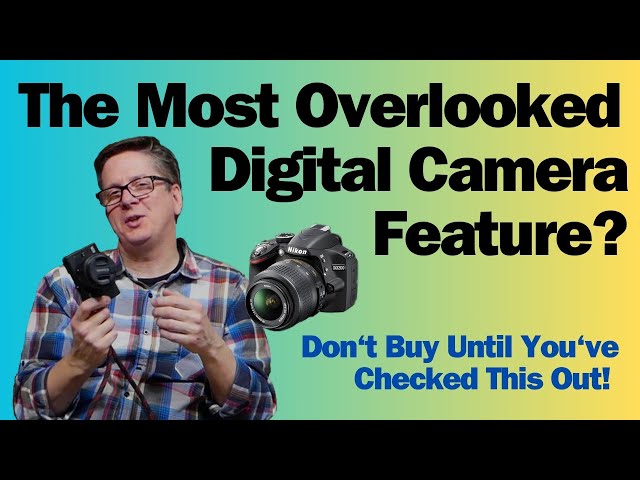
This image is property of i.ytimg.com.
Sensor Size and Image Quality
Sensor size and image quality are critical components of a camera’s capabilities. Understanding these aspects can help you make an informed decision.
Understand Types of Sensors
The sensor is the heart of a digital camera. Different sensor sizes—such as full-frame, APS-C, and Micro Four Thirds—offer varying levels of image quality, depth of field, and performance in low light conditions. Full-frame sensors typically offer the best quality and low-light performance, but APS-C and Micro Four Thirds sensors can provide excellent results and are often more affordable and compact. Learning about the differences can help you decide which type suits your needs.
Learn About Resolution and Pixel Size
Resolution, measured in megapixels, determines how much detail your camera can capture. However, higher resolution doesn’t always mean better image quality. Pixel size and sensor technology also play significant roles. Larger pixels can capture more light, which is beneficial for low-light photography. Balancing resolution with pixel size and sensor quality will help you get the best possible image outcomes for your photography style.
Lens Options and Compatibility
When buying a camera, considering lens options and compatibility is just as important as the camera body itself. The right lens can dramatically change your photography experience.
Explore Different Lens Types
Different lenses serve different purposes. Wide-angle lenses are great for landscapes and architecture, while telephoto lenses are perfect for wildlife and sports. Macro lenses are ideal for close-up shots, and prime lenses provide excellent sharpness and low-light performance. Understanding the types of lenses available for the camera you choose will allow you to expand your photography horizons.
Check Lens Mount Compatibility
Make sure the camera body you select is compatible with the lenses you plan to use. Each camera brand usually has its own lens mount system, so lenses aren’t interchangeable across different brands without adaptors, which can affect performance. Checking compatibility ahead of time ensures you won’t face any limitations or additional costs when expanding your lens collection.
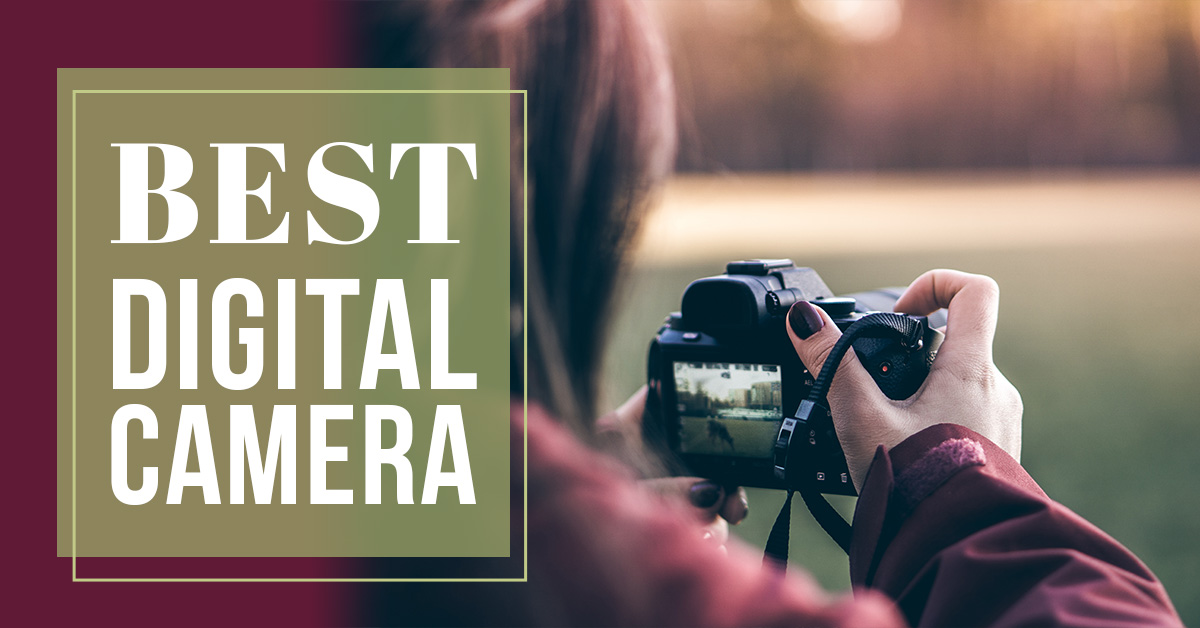
This image is property of www.digitalphotomentor.com.
Battery Life and Power Management
Battery life is an essential factor to consider. A camera with a short battery life can be frustrating, especially if you’re out on long shoots or traveling.
Evaluate Battery Capacity
When researching cameras, look at their battery life ratings. Some cameras offer excellent battery life, capable of lasting through an entire day’s worth of shooting, while others might require frequent recharges. Consider how often you are willing to carry spare batteries or take breaks to recharge. Cameras with larger, more efficient batteries may be slightly bulkier but can save you the hassle of constantly managing power.
Consider Recharge and Replacement Options
Pay attention to how easy it is to recharge or replace the battery. Some cameras allow you to charge via USB, which can be convenient during travel, while others might need a separate charger. Additionally, consider the availability and cost of spare batteries. Having a couple of spare batteries can be a lifesaver during extensive photo sessions or trips.
Camera Controls and Ergonomics
A camera’s controls and ergonomics significantly affect how comfortable it is to use. This can directly impact your photography efficiency and enjoyment.
Test Ease of Use
Hold the camera and navigate through its interfaces to test its ease of use. Are the buttons and dials conveniently placed? Are the menus intuitive? A camera that feels comfortable in your hands and has a user-friendly interface will make your shooting experience more enjoyable and efficient. It’s worthwhile to test several cameras in a store to find the one that feels just right for you.
Check Button and Menu Placement
Pay close attention to button placement and menu design. Cameras with customizable buttons and intuitive menu systems allow for quicker access to settings and controls, which can be crucial for capturing spontaneous moments. A well-designed camera interface will enable you to make swift adjustments without missing a shot.
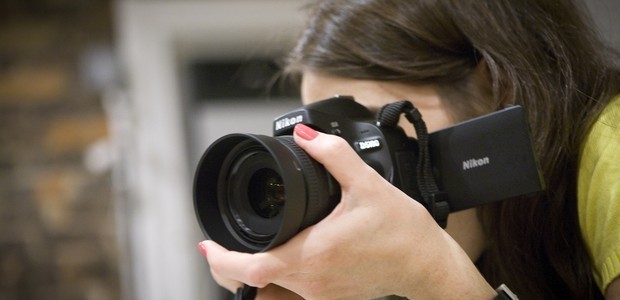
This image is property of www.photouno.com.
Low Light Performance
Low light performance is crucial, especially for those who shoot indoors, at night, or in dim environments. Key factors to consider here include ISO range and image stabilization.
Consider ISO Range
A camera with a wide ISO range offers greater flexibility in low-light situations. Higher ISO settings allow you to shoot in darker conditions without needing a flash, though they can sometimes introduce noise to the photos. Look for cameras that provide a good balance between high ISO performance and minimal noise for clear, sharp images in low light.
Look for Image Stabilization Features
Image stabilization is another critical feature that helps maintain sharpness in low-light conditions or when shooting handheld. Whether it’s in-body stabilization or lens-based, having this feature can significantly improve the quality of your photos by reducing blur from camera shake, especially when using slower shutter speeds.
Conclusion
Buying a digital camera can be an exciting yet overwhelming journey, given the multitude of options and features available. By carefully considering your photography needs, camera size and weight, stills versus video capabilities, budget, sensor size, lens compatibility, battery life, controls, and low-light performance, you can make an informed decision that will suit your style and enhance your photographic endeavors. Take the time to test different models, seek expert advice, and prioritize the features that are most important to you. With the right approach, you’ll find a camera that brings your vision to life and provides years of photographic pleasure. Happy shooting!
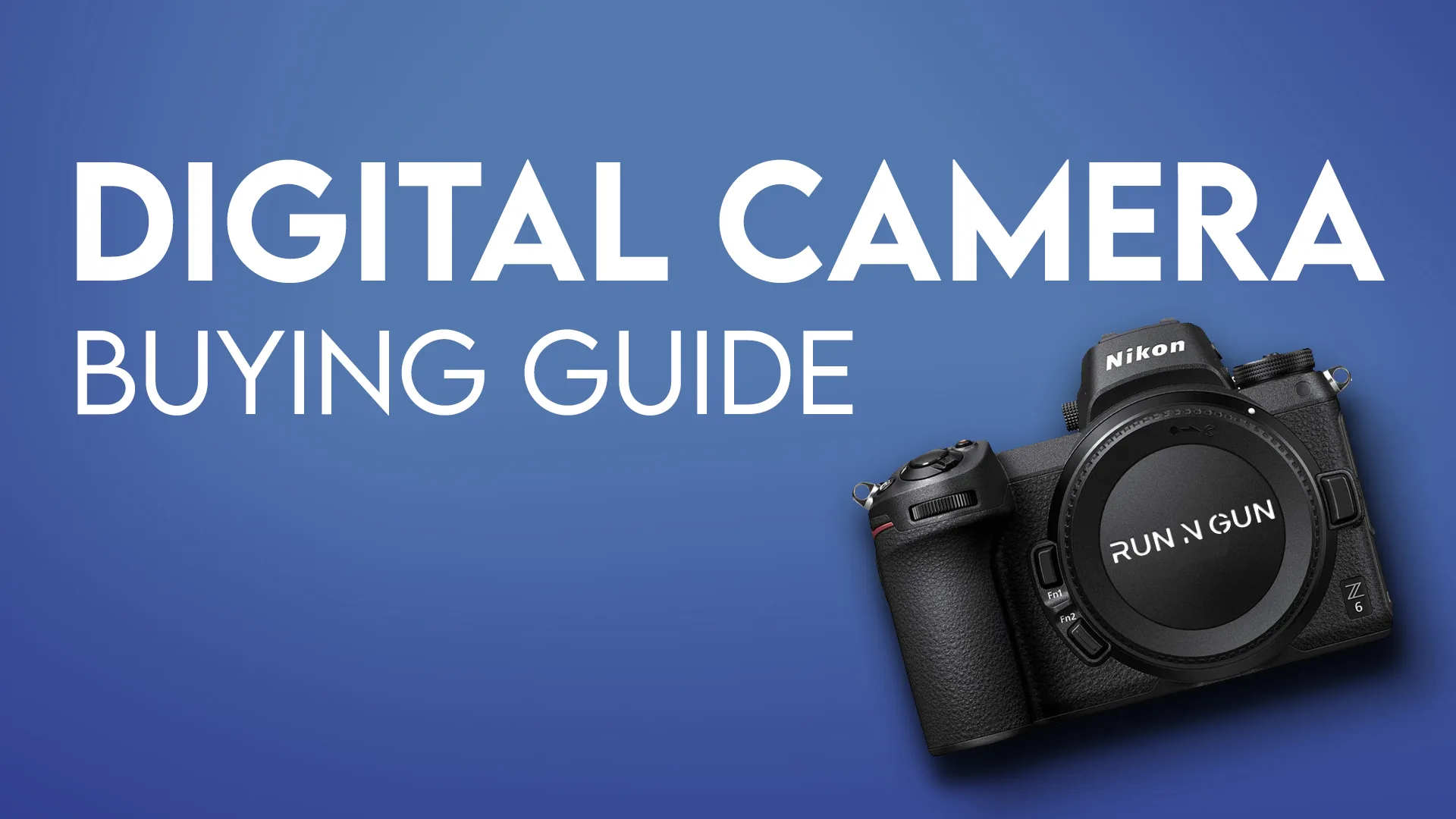
This image is property of therunngun.com.
